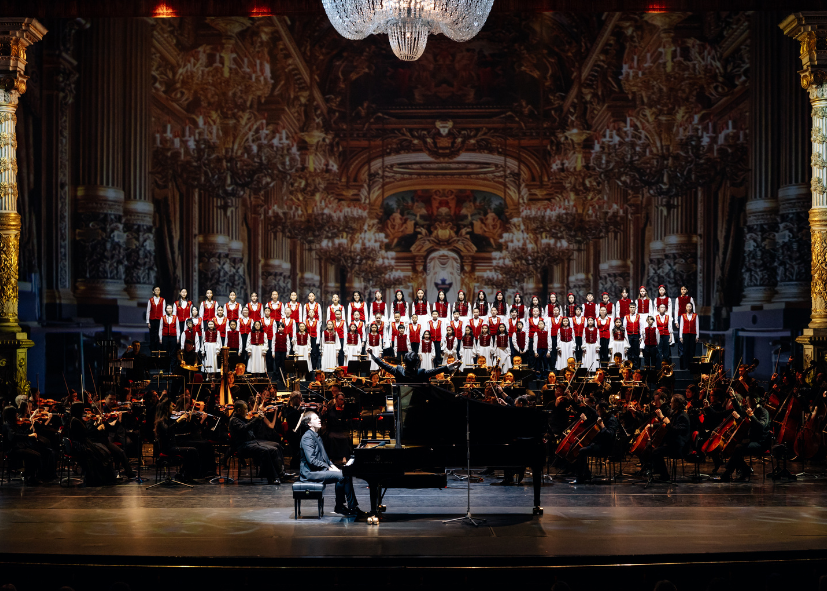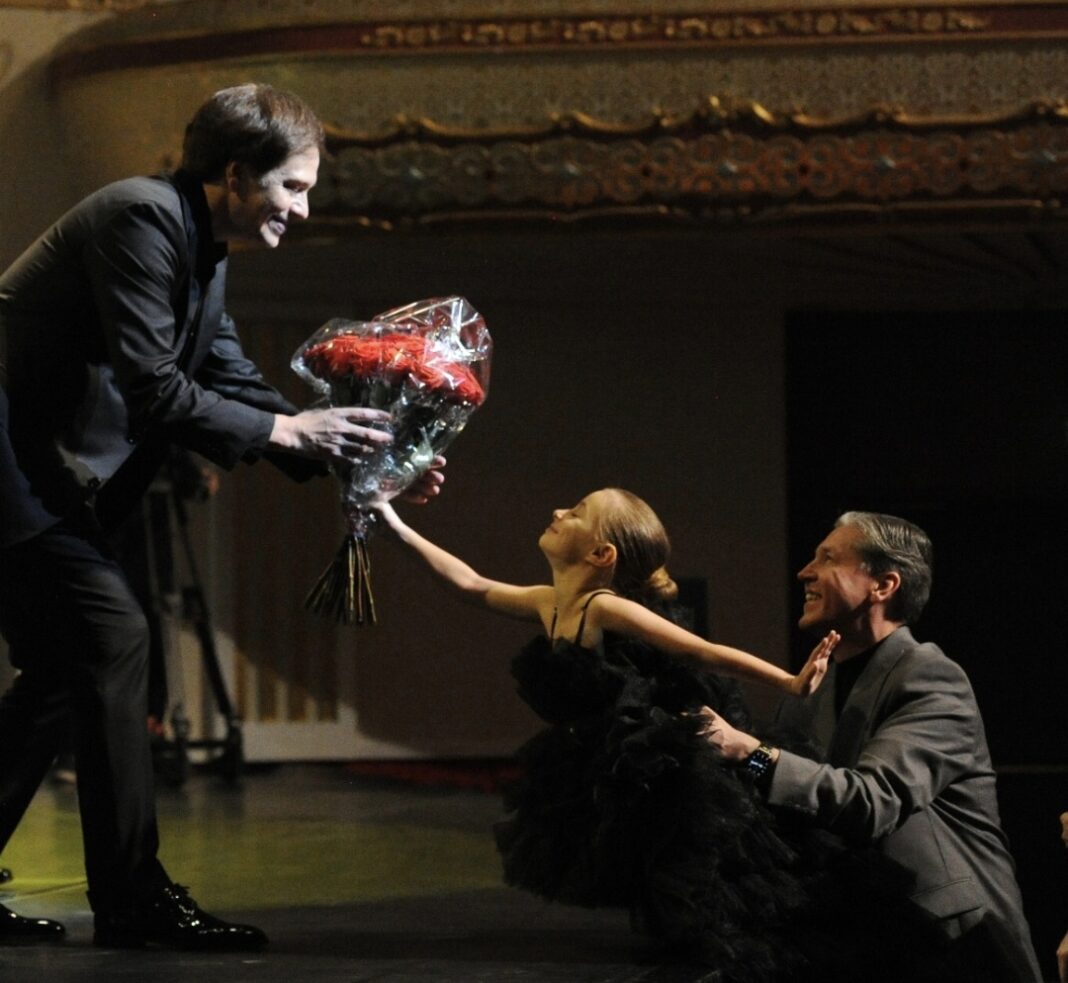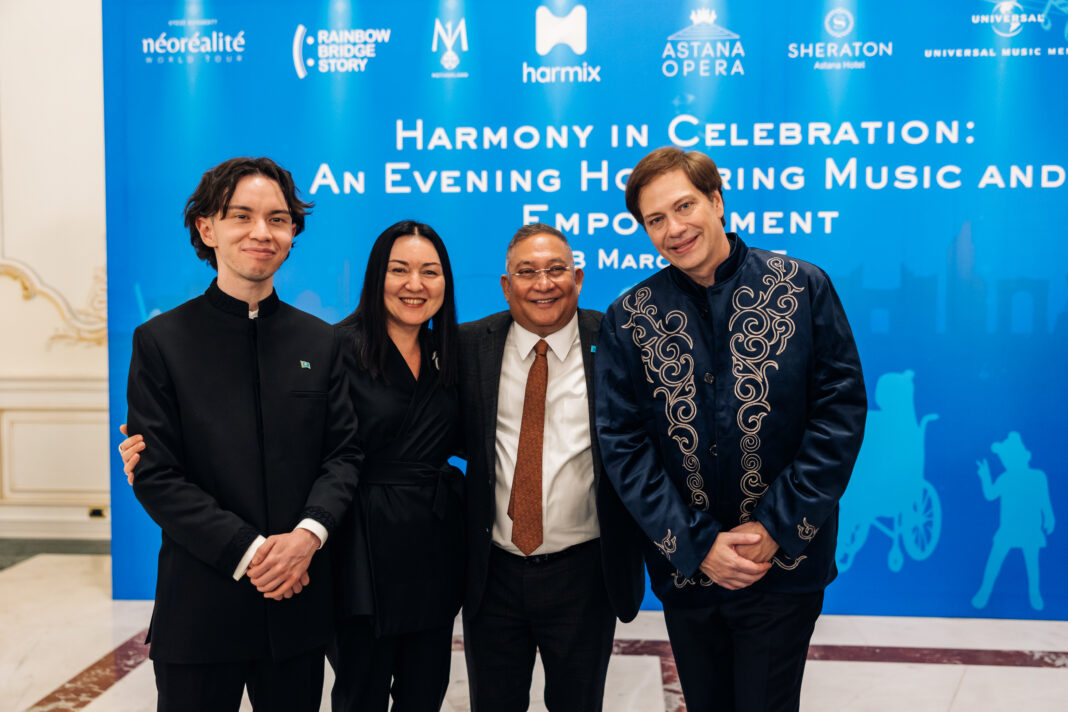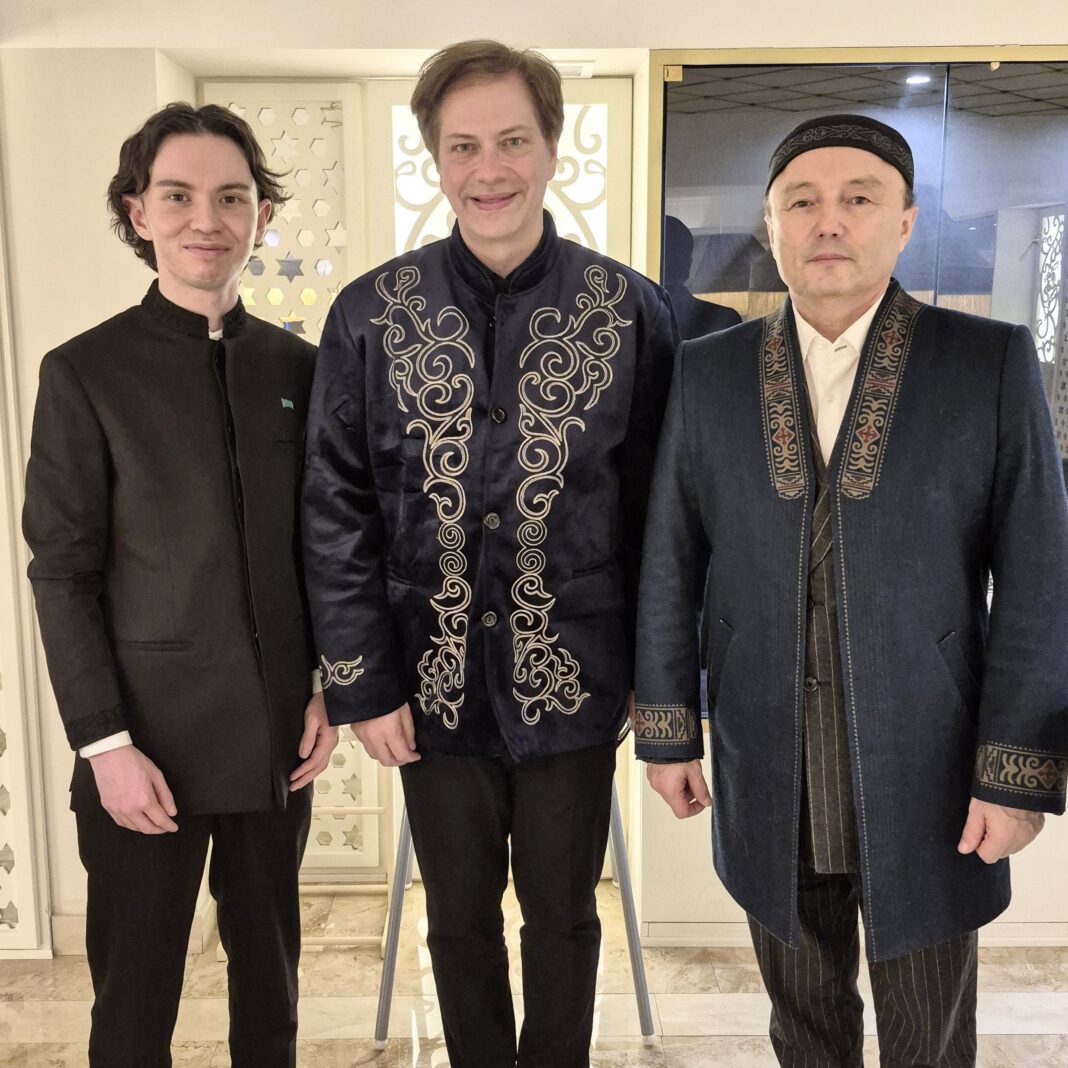Canadian pianist and composer Steve Barakatt made his debut in Kazakhstan’s capital with a concert held on March 8 at the Astana Opera. In an interview with DimashNews, the maestro shared his impressions of Kazakhstan and spoke about the significance of musical dialogue between East and West.

Mr. Barakatt, we are delighted to welcome you to Kazakhstan! Thank you for visiting our capital and for your outstanding performance at Astana Opera. We hope your time here has left you with wonderful memories.
Thank you for the warm welcome. My time in Kazakhstan has been truly special. It was a great honor for me to present this remarkable concert on March 8. The energy, passion, and artistry I experienced that evening will stay with me forever.

DimashNews primarily covers the work of Kazakhstan’s People’s Artist Dimash Qudaibergen, but we are also deeply interested in various cultural events both in Kazakhstan and around the world. Your story somewhat mirrors Dimash’s artistic journey – a full cycle of musical education from a very young age, a strong passion for music from different countries, and participation in international projects.
Could you tell us about your musical education? Which genres have influenced you the most, and which are your favorites?
I was born in Canada, in the city of Quebec, which is rightfully considered the cradle of French culture in North America. My family has diverse cultural roots. My father came from the Barakatt family of Lebanese origin, while my mother’s side, the Durands, has French heritage. Naturally, in such an environment, music played a crucial role. On my father’s side, almost everyone was either a musician or deeply passionate about music, so it became an integral part of our lives and a way to experience different moments.
I started learning classical music at the age of four, but despite this early beginning, my weekends were always spent with my family, playing music at my grandparents’ house -often accompanied by the rich aromas and flavors of exquisite Lebanese cuisine.
As my classical training progressed, so did my curiosity about other styles – jazz, pop music. I was fortunate to study under outstanding teachers and collaborate with talented musicians from an early age, gaining invaluable experience.
At 15, I began composing music, and it was around that time that the world of music was experiencing a technological revolution with the introduction of the MIDI system. I was fascinated by this innovation and soon started integrating technology into my creative process. By the age of 17, I became a music programmer for the Japanese company Roland, which opened new horizons for me and expanded my means of artistic expression.
Ultimately, my musical education became a harmonious blend of academic training, collaboration with fellow musicians, and mastering technology as an essential part of the creative process.
Growing up in a place that nurtured incredible artists—such as Céline Dion (whom I first met when I was 14), Cirque du Soleil, and the brilliant lyricist Luc Plamondon, the mastermind behind Notre-Dame de Paris. I was constantly surrounded by inspiration.

You have spent many years in music. Looking back along your journey, how have your perceptions, tastes, and musical influences evolved? What inspires you today?
When I reflect on my path, I feel deep gratitude for the opportunity to grow in an environment where Eastern and Western cultures intertwine – not only musically but also philosophically. This unique fusion has shaped my worldview and enriched my creative journey.
At the age of 22, I became a producer for the Japanese company JVC-Victor Entertainment. Immersing myself in Japanese culture and philosophy was a turning point for me. It opened up new horizons, allowing me to realize that there are infinite approaches to creativity, life, and human connections. This invaluable experience has continued to inspire me throughout my career.
My Lebanese heritage has also played a significant role in shaping my perspective and my ability to connect with people from diverse backgrounds. Lebanon is a remarkable blend of Eastern and Western traditions, and growing up with this rich cultural duality gave me a natural adaptability that has been invaluable in my international creative projects.
Over the past 30 years, I have been fortunate to work with extraordinary musicians from all over the world, yet my passion for musical exploration remains as strong as ever. One of my key artistic goals is to unite the depth of European symphonic orchestration with the unique sound of traditional instruments from different cultures. I believe that this harmony creates a universal language that transcends borders and differences, speaking directly to the heart.

This was your first performance in Kazakhstan. Which countries have been part of your world tour, and what brought you to our country?
I have presented my Néoréalité tour in many countries, and each performance has become an important chapter in my musical journey. From the legendary Carnegie Hall in New York to the picturesque Mediterranean setting of Barcelona, the prestigious Shanghai Symphony Hall, the grand Athenaeum in Romania, and the breathtaking Heydar Aliyev Center in Baku – this tour has taken me to some of the most remarkable places in the world.
The opportunity to bring Néoréalité to Kazakhstan came through an inspiring encounter with the distinguished Kazakh entrepreneur Asar Kadir. We first met in Mumbai at a major music conference. During our conversation, Asar spoke with great passion about Kazakhstan’s culture, history, and artistic heritage, which deeply intrigued me.
That was the beginning of our collaboration, and thanks to his dedication, as well as the support of Astana Opera and the Embassy of Kazakhstan in Canada, this concert became a reality.

Your world tour is titled Néoréalité. What is the concept behind this intriguing name?
Néoréalité is, in a way, a universal quest for meaning in a world that can sometimes feel unpredictable and complex. It is an invitation to pause, reflect, and connect with something deeper—both within ourselves and with the world around us.
At Astana Opera, you performed alongside a hundred musicians, vocalists, and ballet dancers. How did this collaboration come together?
It was a wonderful creative process. We carefully designed a program that blended solo piano pieces, symphonic compositions, a ballet performance by Aidan Kalzhan, and a heartfelt finale featuring a children’s choir performing Lullaby, the UNICEF anthem.
The rehearsals were led brilliantly by Elmar Buribayev. Every musician demonstrated incredible artistry and dedication, and I truly hope we can collaborate again in the future.

During your visit, did you discuss any potential collaborations with Kazakhstani musicians?
Yes, I had many inspiring meetings, which led to the idea of an international musical project reflecting the rich culture and traditions of Kazakhstan.
And of course, collaborating with Kazakhstan’s national treasure Dimash Qudaibergen would be a dream come true. Bringing East and West together, such a project would undoubtedly resonate with audiences worldwide.


